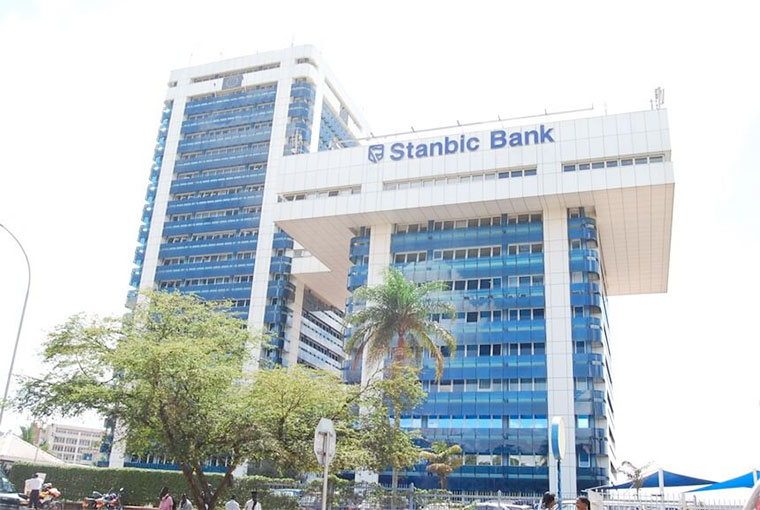Stanbic index shows more jobs being created in private sector

More jobs were created in April as Uganda’s private sector recorded an increase in output and new orders, according to Stanbic Bank Purchasing Managers’ Index (PMI).
The report shows that the headline Stanbic Purchasing Managers’ Index (PMI) rose to 55.4 in April, up from 53.2 in March. For the sixth successive month, the latest reading is above the 50.0 mark and well above its average since the survey began in June 2016. Readings above 50.0 signal an improvement in business conditions on the previous month, while readings below 50.0 show deterioration.
According to the April report, increasing new business inflows encouraged companies to expand purchasing activity, and for the first time in three months, there was also an expansion in employment. However, a renewed rise in output prices was recorded in April, reflecting the pass-through of higher input costs to customers.
Mulalo Madula, the economist at Standard bank, said: “Uganda’s private sector performance improved in April, extending the current growth cycle to nine months. Output maintained an upward track, with renewed job creation across sectors halting a two-month sequence of decline. Growth was broad-based, with agriculture, construction, industry, services, and wholesale and retail all showing output growth in April, fuelled by local demand while new export orders fell for the fourth month in a row.”
The Stanbic PMI is compiled by S&P Global from responses to questionnaires sent to purchasing managers in a panel of around 400 private sector companies. The sectors covered by the survey include agriculture, mining, manufacturing, construction, wholesale, retail and services.
The PMI is a weighted average of the following five indices: new orders (30 per cent), output (25 per cent), employment (20 per cent), suppliers’ delivery times (15 per cent) and stocks of purchases (10 per cent).
Madula said: “For the first time in three months, the supplier’s delivery time dropped in April. Firms were generally upbeat about the outlook for business activity in the next 12 months. At least 73 per cent of respondents anticipate an increase in output over the next 12 months, which should encourage businesses to expand their planned investments.”
Panellists reported success in securing new orders amid improving demand conditions, thereby feeding through to growth of output. Each of the five broad sectors covered by the survey registered a rise in activity at the start of the second quarter.
New business expanded for the ninth month running. Exactly one-quarter of respondents signalled an increase in new business, against 15 per cent that posted a decrease. A ninth consecutive monthly increase was also seen with regards to business activity as firms responded to higher new orders.
Each of the agriculture, construction, industry, services and wholesale & retail categories posted output growth in April. Staffing levels increased as companies responded to rising new orders by expanding their operating capacity. Employment rose in all the categories.
The rise in employment ended a two-month sequence of declining purchasing activity, while for the sixth month running, stocks of purchases continued to accumulate.
Companies were helped in their efforts to secure inputs by a shortening of suppliers’ delivery times for the first time in three months.
Overall input costs increased again in April amid reports of higher charges for fuel and utilities, alongside sustained purchase price inflation and a renewed rise in staff costs. The increase in purchase prices often reflected higher cement costs, while higher employee expenses were generally attributed to rising staffing levels.
The passing on of higher input costs to customers resulted in an increase in output prices following a fall in March. That said, some firms continued to report offering discounts to customers to try and help generate sales.
Firms in Uganda were generally optimistic that demand conditions will continue to improve over the coming year, supporting confidence in the 12-month outlook for business activity. Around 73 per cent of firms expressed an optimistic outlook, with less than one per cent being pessimistic.
Source: The Observer
Share this content:




Post Comment